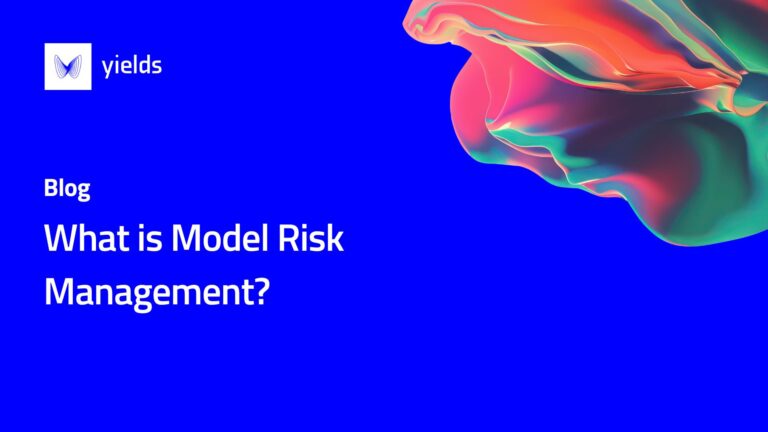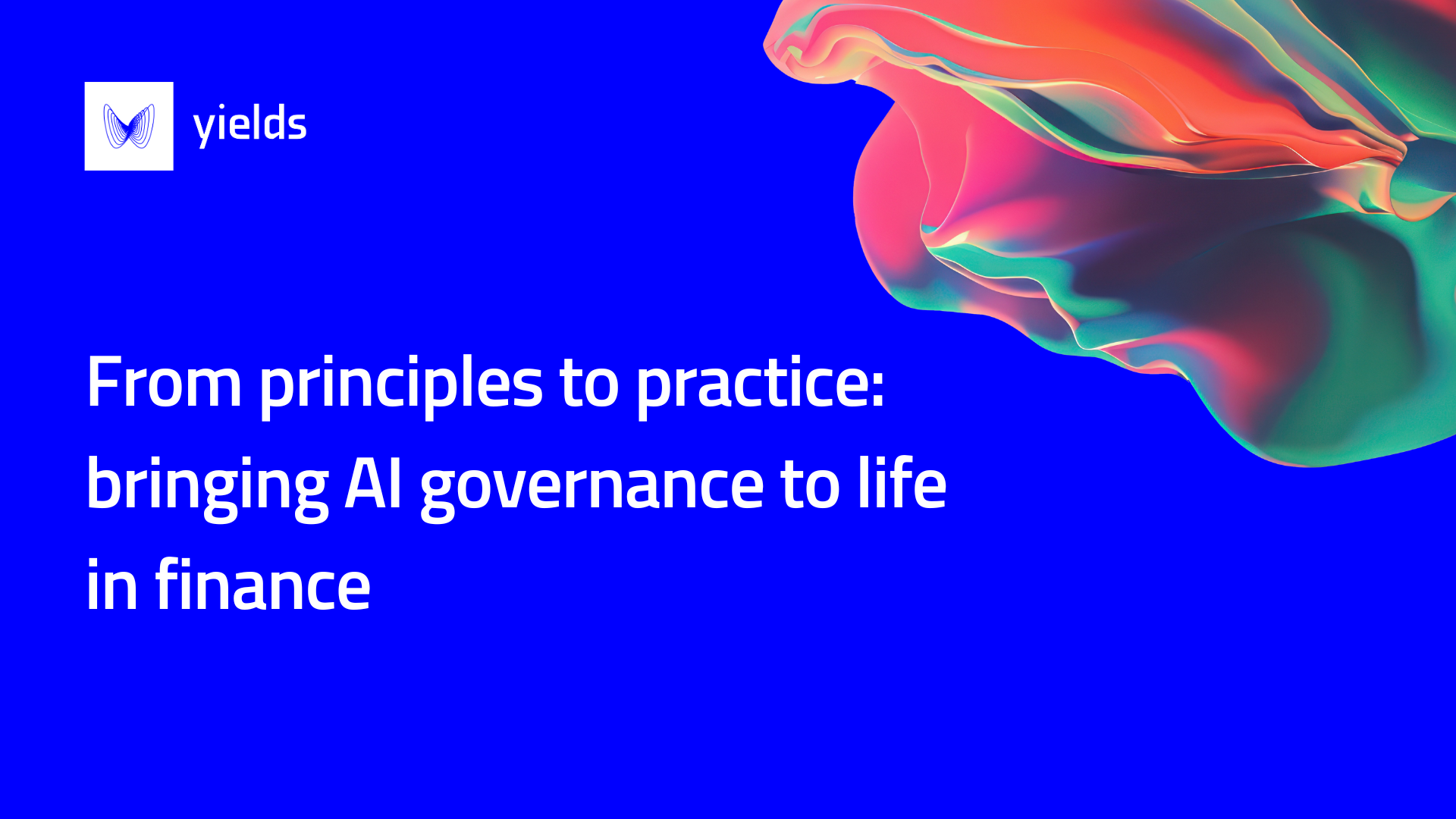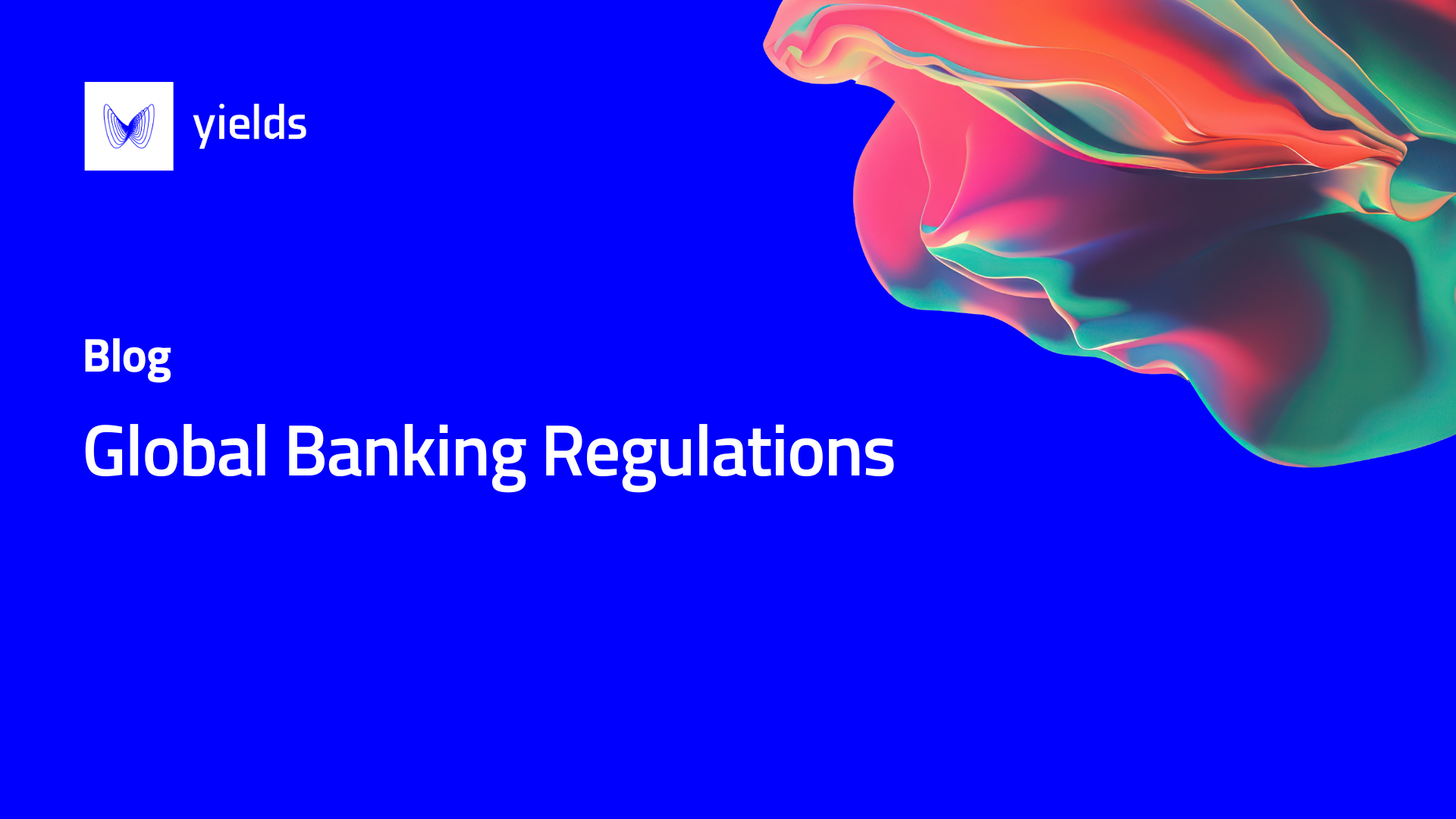Model Risk Management (MRM) is the discipline of identifying, assessing, and mitigating risks that arise when organizations rely on models to support decision-making. A “model” in this context is any quantitative or algorithmic system that transforms input data into estimates, forecasts, or recommendations.
With the rapid adoption of machine learning (ML) and, more recently, generative AI (genAI), the importance of robust MRM has grown dramatically. Organizations increasingly depend on models not only in finance but also across healthcare, HR, energy, logistics, and government. This makes MRM a cornerstone of both operational resilience and regulatory compliance.
Why Model Risk Matters
Model risk arises for two main reasons:
- Design and Implementation Issues – flaws in model methodology, coding errors, or poor-quality data.
- Misuse or Contextual Drift – models that were once appropriate may no longer fit their application as markets, environments, or user behaviors change.
These risks can be subtle. A model may be mathematically correct but applied in the wrong context, leading to costly misjudgments. As models grow in complexity, especially with AI systems that adapt and generate content, risks become harder to detect and manage.
Failures can lead to severe financial losses, reputational harm, or regulatory sanctions. Famous examples include the 2008 financial crisis (misuse of simplistic risk models) and JPMorgan’s “London Whale” loss in 2012, where governance failures in model oversight cost the bank over $6 billion.
The Expanding Scope of MRM
Traditionally, MRM was associated with banks and insurers, following guidelines such as the U.S. Federal Reserve’s SR 11-7. Today, however, the scope has broadened.
AI-driven industries (e.g., healthcare, HR, critical infrastructure) face risks such as bias, lack of transparency, or security vulnerabilities. In addition, generative AI systems introduce new challenges: hallucinations, data provenance concerns, copyright issues, and ethical risks from misuse. Finally, regulators are responding with stricter frameworks, from the EU’s AI Act to evolving guidelines by the Bank of England, ECB, and other supervisory bodies.
This makes MRM no longer just a financial compliance issue but a cross-industry governance imperative.
MRM as a Value Driver
While MRM originated as a defensive function (loss avoidance, cost reduction, and regulatory compliance), leading organizations now use it as a strategic enabler:
- Capital efficiency – Demonstrating strong MRM can reduce regulatory capital add-ons.
- Operational efficiency – Automated testing, monitoring, and documentation streamline processes.
- Trust and transparency – Sound governance builds customer and regulator confidence, especially crucial with AI systems under public scrutiny.
- Faster innovation – By industrializing validation and monitoring, companies reduce bottlenecks and free resources for developing new use cases.
The Four Pillars of Model Risk Management
An effective MRM framework typically rests on four pillars:
- Model Risk Identification & Assessment – Establishing what counts as a model and mapping the full model inventory.
- Model Governance – Defining clear roles, responsibilities, and processes (e.g., three lines of defense).
- Model Validation – Independent review and testing, including benchmarking, backtesting, and stress testing.
- Model Monitoring & Reporting – Continuous oversight of models in production, with real-time risk indicators and transparent reporting.
Looking Ahead
As the number of models in production continues to rise, from hundreds in regional banks to thousands in global institutions, and as genAI accelerates adoption across industries, the cost of poor governance will only grow.
Future-ready organizations will move beyond checkbox compliance. They will treat MRM as part of a broader AI governance strategy, embedding observability, automation, and risk-based prioritization into the model lifecycle. By doing so, they turn MRM into a lever not just for compliance, but for competitive advantage in the AI era.




